Spray foam is becoming increasingly popular as home insulation due to its many benefits. However, can it be eaten by pests that are trying to take up residence inside the home? Let's take a look below.
Since expanding foam has no food value to pests, they will typically avoid it altogether. However, if there are small gaps or cracks in the foam that allow pests access to your home, they may try to nibble on it. In most cases, spray foam provides an extra layer of protection against pests and does not need to be treated against them.
Even if pests were to eat away at the spray foam, it would not provide them with enough sustenance to live off and they would eventually die. With that said, we will discuss the benefits of spay foam insulation to ward off pests. In addition, we will answer other frequently asked questions about spray foam insulation, so read on!
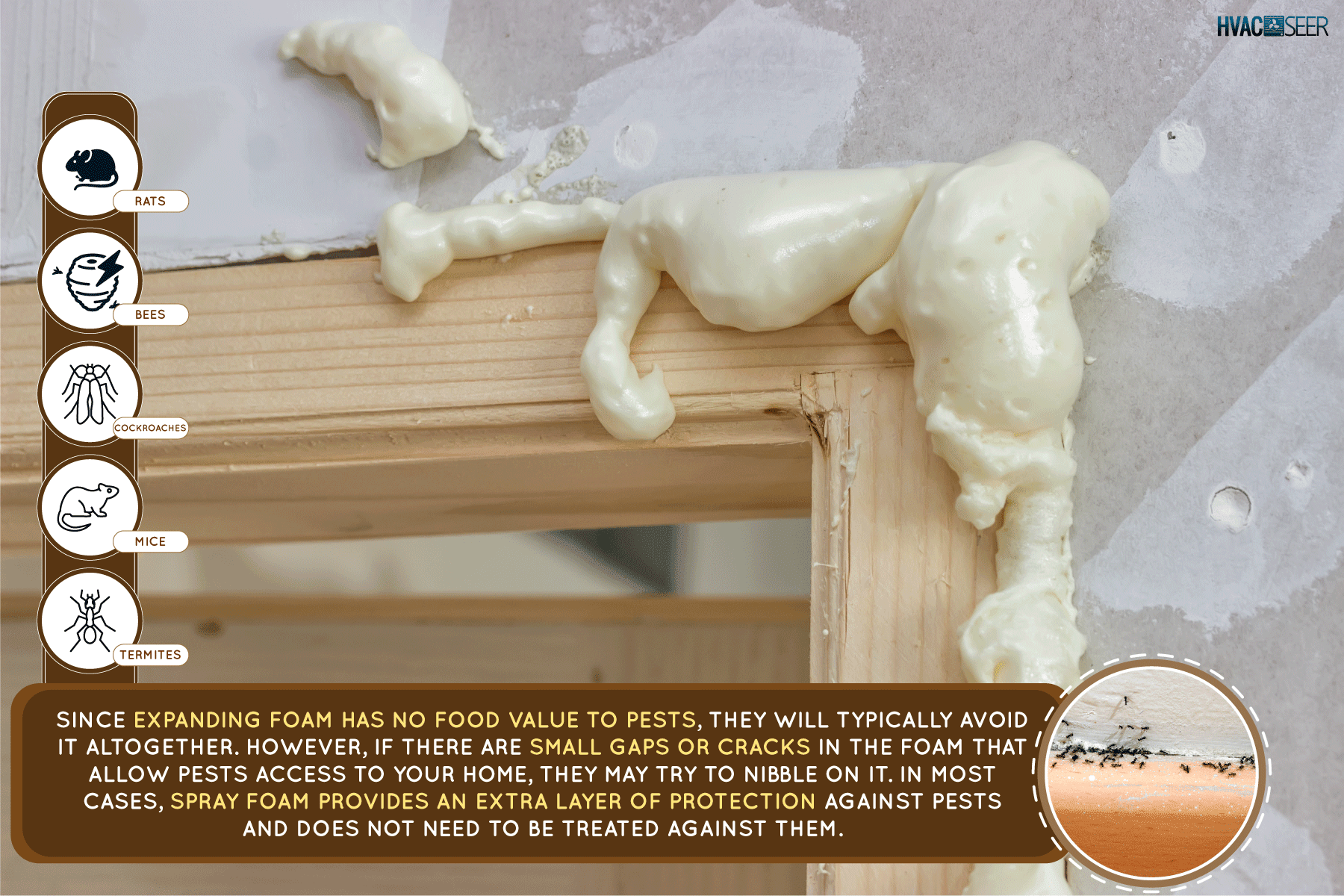
Will Pests Eat Spray Foam?
Spray foam insulation is one of the most effective ways to insulate your home. It expands to fill any cracks or gaps, creating a seamless barrier that pests cannot penetrate. This not only keeps them out of your home but also reduces the amount of noise that can enter.
In addition, spray foam insulation is water resistant and can help to prevent moisture damage to your home. This is especially beneficial in areas that are prone to flooding or leaks.
So, while pests may try to eat spray foam, it will not provide them with the sustenance they need to survive. With that said, typically pests such as rodents, insects, and spiders will avoid it altogether.
However, that doesn't mean they won't still try to get into your home. If there are small gaps or cracks in the foam, they can make their way inside. This is why it's important to have a professional install your spray foam insulation and make sure it's properly sealed.
For example, if it is cold outside, a rodent will work its way around the house looking for a way to get warmth. If it finds a small opening, it will enter the home and begin to build a nest.
Once the rodent is inside, it will find food and begin to reproduce. This can quickly lead to an infestation. So, while the spray foam insulation will not provide them with a food source, they can still find ways to get into your home if there are gaps or cracks.
In addition, if you already have pests in your home, installing spray foam won't rid them of the problem. You will still need to contact a pest control company to have them removed.
While spray foam does a good job at protecting against pests, let's take a look at specific pests to see if they will get through expanding foam:
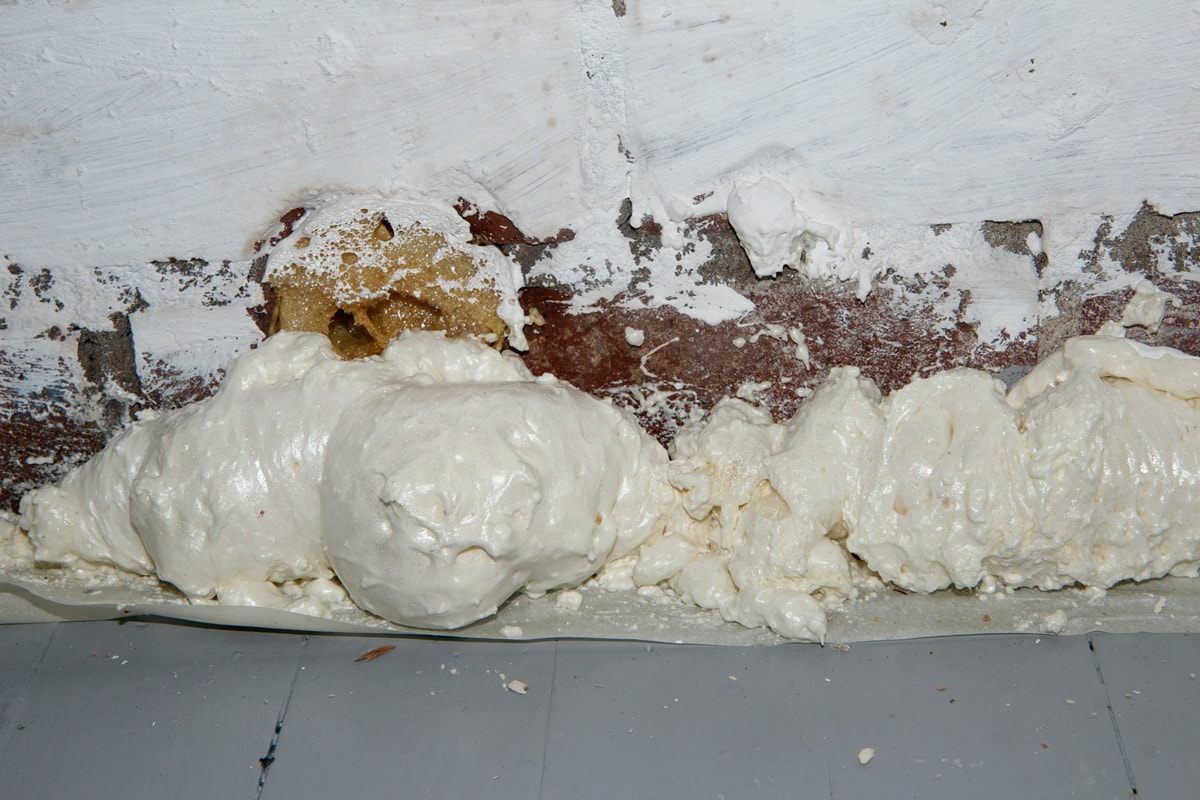
Mice
Mice are one of the most common pests that will try to get into your home. They can squeeze through tiny openings and will eat just about anything.
However, since spray foam has no food value, mice will avoid it altogether. In addition, spray foam becomes a very hard barrier once it dries. So, even if a mouse were to try and gnaw at it, it would not be able to penetrate the foam.
Rats
Like mice, rats are looking for a way to get into your home to find food and shelter. They can also squeeze through small openings and will eat just about anything.
However, they will typically avoid it altogether. As long as you have your spray foam insulation installed properly, rats will have a tough time being able to get through.
Bees
The problem with bees is that they are small and can squeeze through tiny openings. While they aren't looking for a way into your home, they may accidentally find their way inside if there is a small crack or gap in the expanding foam.
Once they're inside, they will begin to build a nest. This can quickly become a problem, as bees are attracted to sweet smells. So, if you have any food that is left out, they will be sure to find it.
Cockroaches
Like bees, the tiniest of gaps can provide a way for cockroaches to get into your home. They are also attracted to food and will begin to reproduce once they're inside.
Cockroaches can be difficult to get rid of and can cause health problems. So, it's important to make sure they don't have a way into your home.
If live in a region where cockroaches are abundant, then ensure the expanding foam is installed properly to prevent them from getting in.
Termites
Like bees and cockroaches, termites can squeeze through tiny gaps. They are also attracted to wood, which is why they can cause so much damage to homes.
If there is any wood near the expanding foam, they will be sure to find it. Once they're inside, they will begin to build their nests and reproduce. This can quickly lead to an infestation.
Not only does the expanding foam need to be installed correctly, but spraying a termite-resistant barrier around the home can help to keep them out.
How Do You Prevent Pests From Getting Inside Your Home?
To avoid the issue of pests altogether, it's important to take preventative measures to keep pests out of your home. This includes:
Sealing Cracks And Gaps Around The Home
As mentioned, the biggest way pests can get into your home is through cracks and gaps. These can be found around doors, windows, pipes, electrical outlets, and more. It's important to seal these cracks and gaps with caulking or another type of sealant.
Click here to see this caulk on Amazon.
This will create a barrier that pests cannot penetrate. In addition, it will help to improve the energy efficiency of your home as well.
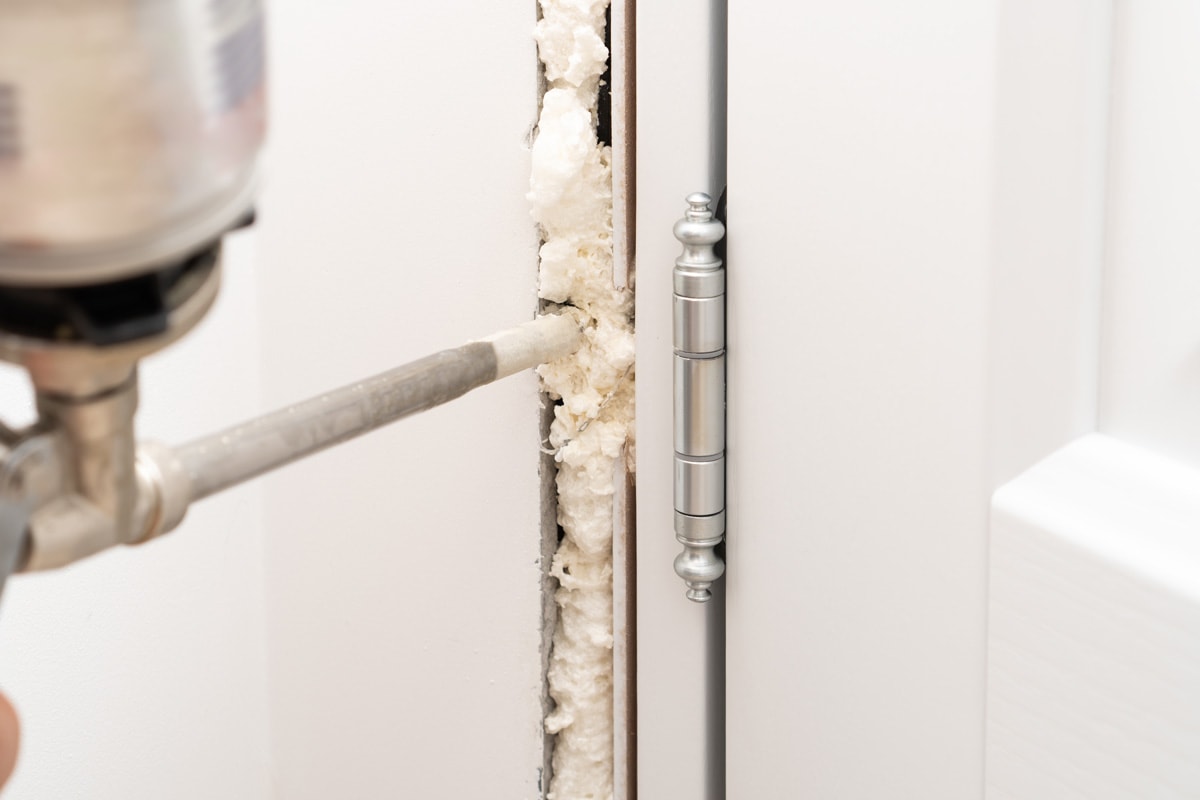
Keep The Home Clean And Free Of Clutter
Another way to prevent pests is by keeping the home clean and free of clutter. This includes both the inside and outside of the home.
Pests are attracted to food and water, so it's important to keep countertops, floors, and tables clean. In addition, you should vacuum and mop regularly to pick up any crumbs that may have been missed.
It's also important to keep the outside of your home free of debris. This includes things like leaves, branches, and garbage. Pests will use these as hiding places and can quickly become a problem.
Inspect Items Before Bringing Them Into The Home
Another way to prevent pests is by inspecting items before bringing them into the home. This includes things like boxes, furniture, and electronics.
If you're unsure of how to inspect these items, you can contact a pest control company. They will be able to give you tips on what to look for and help you prevent pests from entering your home.
Keep Areas Dry And Ventilated
It's important to keep attic, crawl spaces, and basements dry and well ventilated. These areas are prime breeding grounds for pests.
If they are damp, it will provide the perfect environment for them to reproduce. In addition, these areas should be free of any clutter as well.
If needed, put a dehumidifier in these areas to help keep the moisture level down. This will make it less inviting for pests and help to prevent an infestation.
Click here to see this dehumidifier on Amazon.
Pest Spray
Another way to prevent pests is by using a pest spray. This can be used around the perimeter of your home and will help to keep pests out.
It's important to read the label carefully and follow the directions. In addition, you should contact a pest control company if you have any questions about which spray to use.
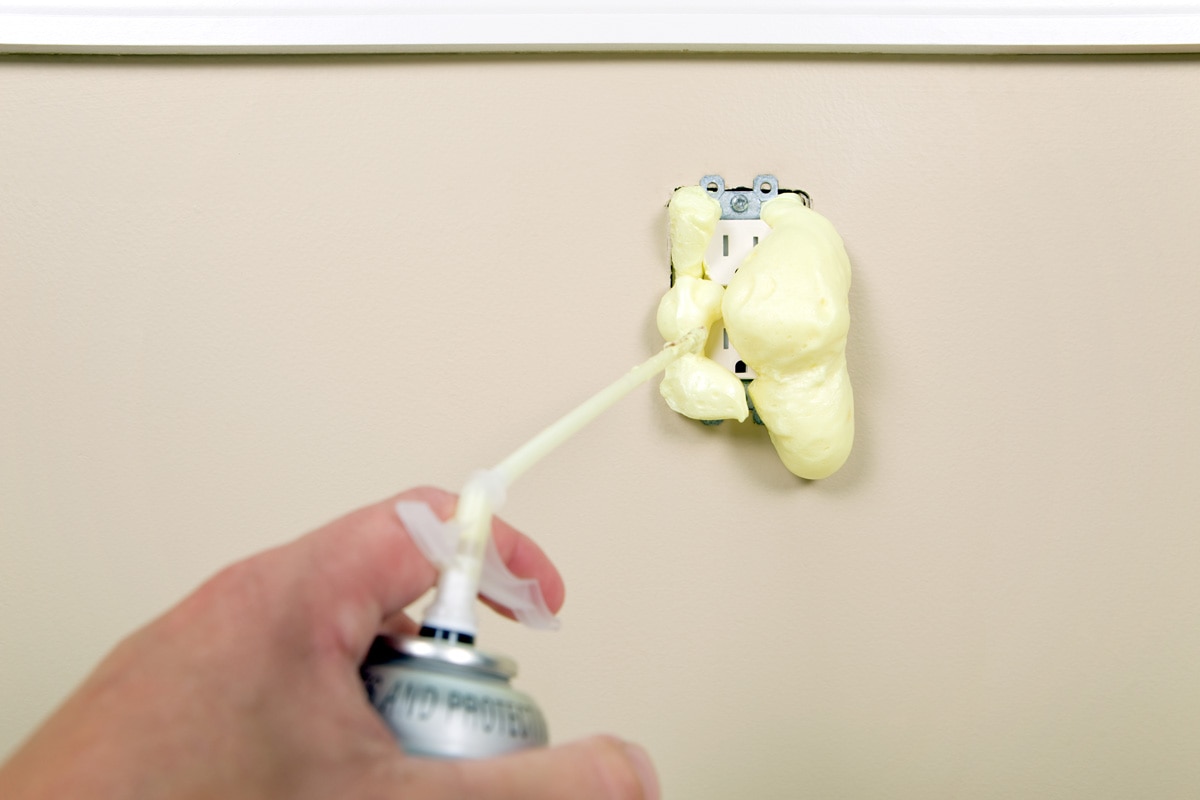
Can Pests Burrow Into Insulation?
Spray foam insulation dries quickly, becoming a hard solid. This creates a barrier that pests cannot penetrate.
However, other insulations are inviting for pests. For example, fiberglass insulation is made of small fibers that can be easily chewed through. This provides pests with a way to get into your home and build a nest.
In addition to spray foam, cellulose insulation is also pest resistant. This type of insulation is made of recycled paper products and is treated with chemicals that repel pests.
Also, you can get specific pest-resistant insulation for your home. This type of insulation is treated with chemicals that will kill pests on contact.
If you're concerned about pests getting into your home, it's important to choose the right type of insulation. When living in any area where pests are abundant, speak to a professional to learn about your best insulation options.
They will be able to understand your specific needs and help you find the right solution for your home.
Read more: Does Cellulose Insulation Deter Mice And Other Pests?
When Should You Call A Pest Control Company?
If you have tried the tips listed above and are still having problems with pests, it's time to call a pest control company. They will be able to provide you with a more comprehensive plan to get rid of the pests and help you prevent them from returning.
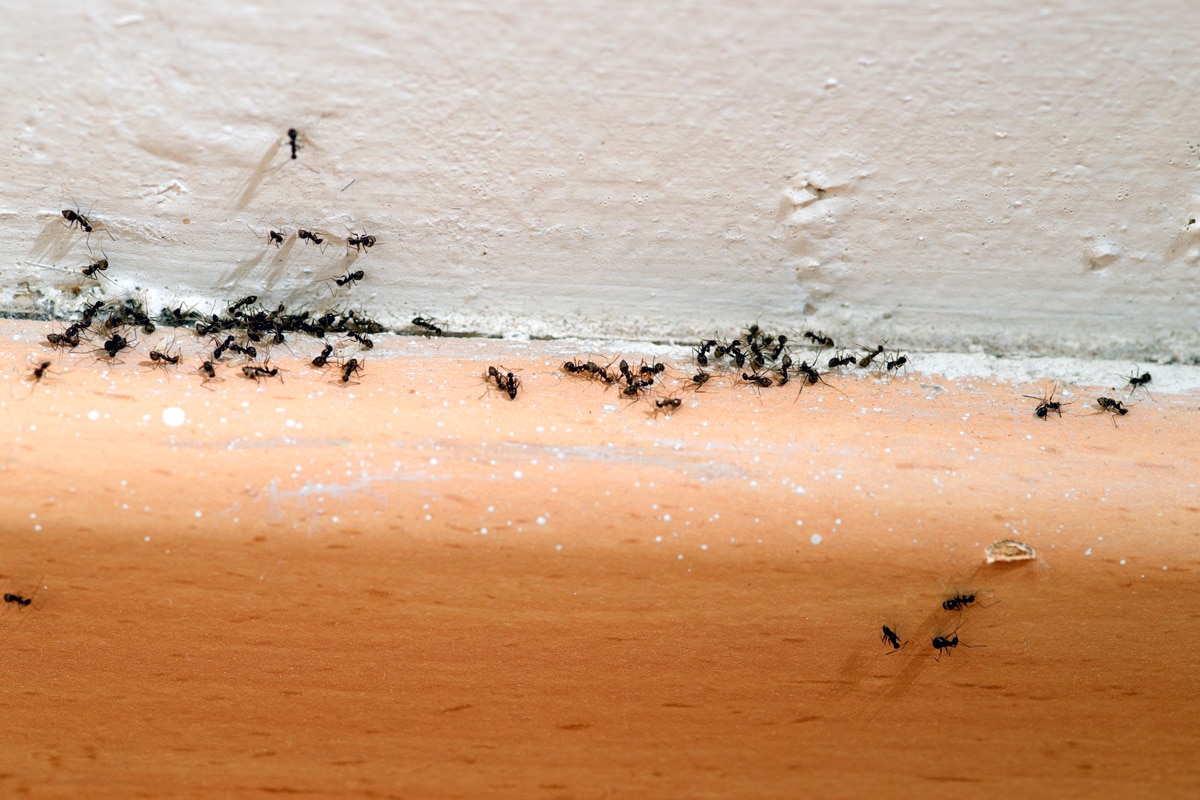
Don't wait until the problem is out of control. The sooner you call, the easier it will be to get rid of the pests. If you don't, the damage they cause can be extensive and expensive to repair. In some cases, the damage and infestation can even be irreparable.
Final Thoughts
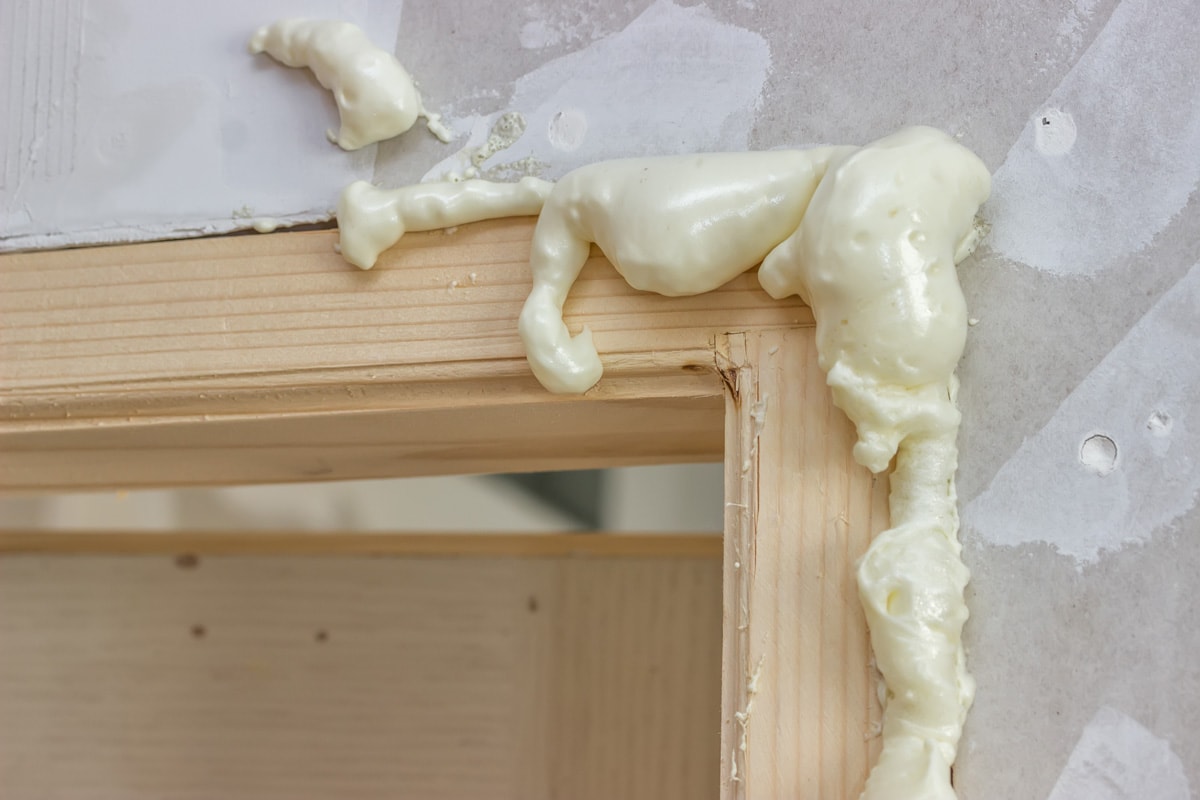
Overall, spray foam is a great way to help keep pests out of your home. The hardened barrier that it creates is difficult for pests to penetrate. Nonetheless, it needs to be installed correctly by covering every crack, gap, and hole.
Made it to the end? Here are other articles you might enjoy:


